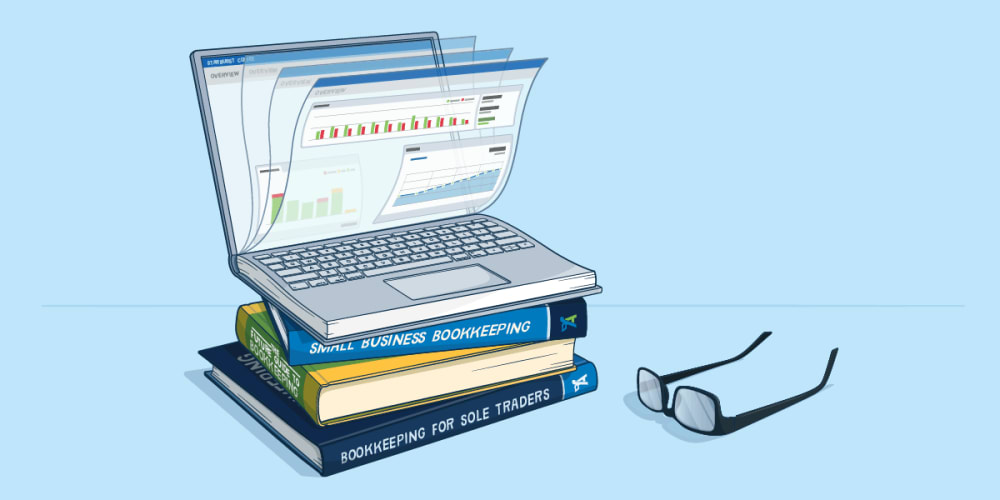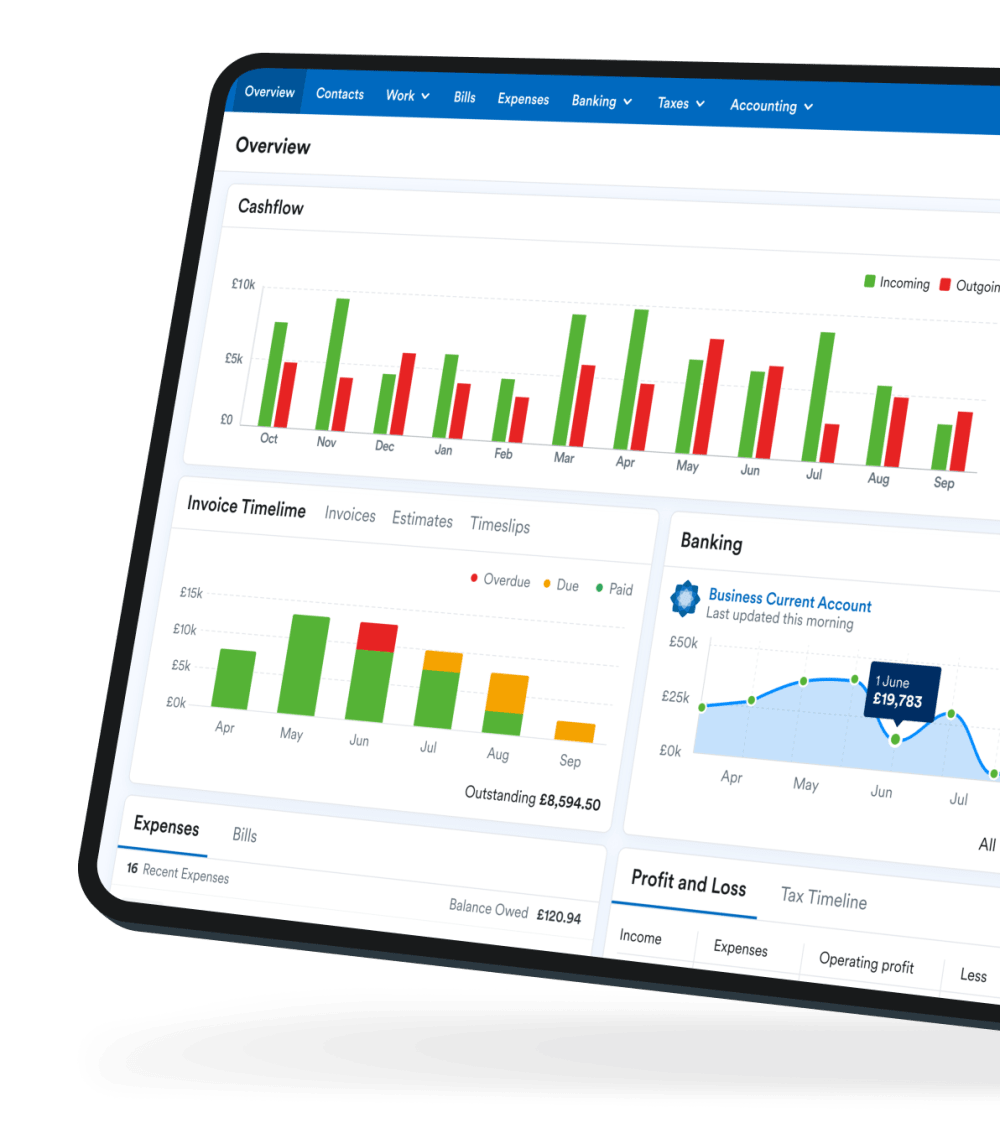11 common questions about capital allowances and assets

You’re likely to buy equipment to use in your business that’ll be useful for more than about a year.
If you’re a freelance web designer, that’d be your computer, desk and chair. If you’re a dressmaker, it’d be your sewing machine. This equipment is sometimes called ‘fixed assets’, or, as we call it in FreeAgent, ‘capital assets’.
1. Why ‘capital assets’?
Because, when you spend money on these assets, HMRC calls that ‘capital expenditure’, as distinct from the day-to-day running costs of your business which are called ‘revenue expenditure’.
2. Why do I have to separate these out?
They’re treated differently from day-to-day running costs, both for tax purposes and in your accounts. More about that in a moment.
3. Is there a lower cost limit for when an item becomes a capital asset?
HMRC hasn’t set one. If you have an accountant, he/she might have a set limit.
But usually it’ll depend on your business’s size. For example, a £25 phone would almost always go into Internet and Telephone as a day-to-day running cost. A £250 phone system would be a capital item for a small business, but probably a day-to-day running cost for a larger one.
4. How are capital assets treated in my accounts?
Because the asset’s going to be useful to your business long-term, it goes on to your business’s balance sheet.
But every year, the business will use some of the asset’s value up, and if you try and sell the used asset, you won’t get as much for it as you paid for it when it was new.
To allow for the using-up of the asset’s value, a bit of it has to be deducted from your business’s profit each year.
This is called ‘depreciation’, and in FreeAgent it’s worked out for you automatically.
5. That’s accounts, what about tax?
HMRC says that depreciation isn’t an allowable expense for tax, so you have to add it back when you’re working out the profit that your business will pay tax on.
6. So don’t I get any tax relief for buying assets?
Yes you do. It’s just handled differently.
HMRC calls it ‘capital allowances’ - a tax allowance for your capital expenditure.
7. What are capital allowances, and how do I claim them?
Let’s start by looking at new assets your business buys.
There is an Annual Investment Allowance (AIA) available, which is set at £1 million.
8. How does that work?
Your business can spend up to the current limit a year on most new assets and then deduct the cost of the assets from its profit before working out tax on the profit.
9. When you say ‘most new assets’, which ones can’t I claim AIA on?
Here are the main exceptions as outlined by HMRC:
- Cars
- Assets your business buys in the last accounting period before it stops trading
- Assets you’ve introduced into the business from another business - for example, if you traded as a sole trader and bought a computer through your sole trade, then incorporated your business as a limited company and transfer the computer into the company, you can’t claim AIA on the computer at the point it transfers to the company, because you’d have already claimed capital allowances on the computer when you bought it for your sole trade
- Personal assets you’ve introduced into the business, such as an office chair you already owned when you started your business
- Assets that are given to your business. No cost = no allowance!
10. Are there any other allowances available for new assets?
Yes. Certain assets attract a 100% first year allowance (which means you can deduct the full cost of the asset from your business’s profit before working out its tax due), no matter how much they’ve cost.
Assets that qualify for this are mainly those that help the environment, such as energy-saving equipment or environmentally beneficial equipment.
11. What about assets I already owned - do I get any relief on those?
Yes.
Before the AIA was introduced, assets would be divided up into ‘pools’ and then, on the balance of each pool, a Writing Down Allowance (WDA) would be given.
That’s now 18% or 6% depending on the assets.
So if you have old assets in a pool brought forward, and the pool at the start of your accounting year came to £2,000, and these assets are subject to the normal rate of 18%, then the amount you could take off your business’s profits as WDA on those assets would be £360.
HMRC gives additional advice about capital allowances for companies and other businesses.
Capital allowances are a very complex area and unless your business has only one or two assets, it’s well worth getting some help from your accountant. You can also use FreeAgent to automatically calculate your capital assets by following the steps in this guide.
Disclaimer: The content included in this guide is based on our understanding of tax law at the time of publication. It may be subject to change and may not be applicable to your circumstances, so should not be relied upon. You are responsible for complying with tax law and should seek independent advice if you require further information about the content included in this guide. If you don't have an accountant, take a look at our directory to find a FreeAgent Practice Partner based in your local area.
